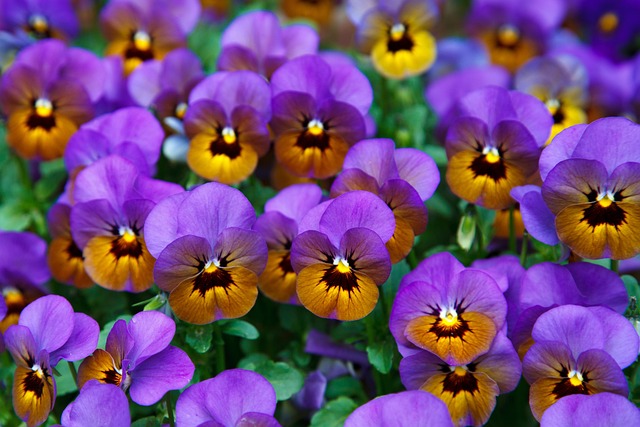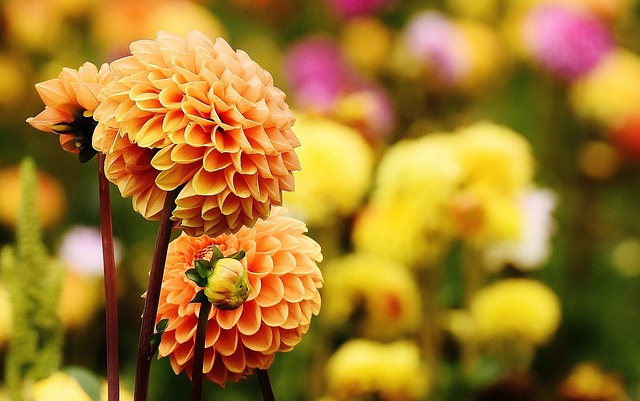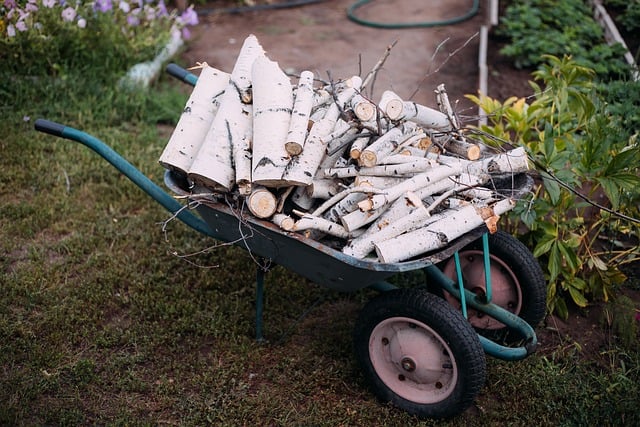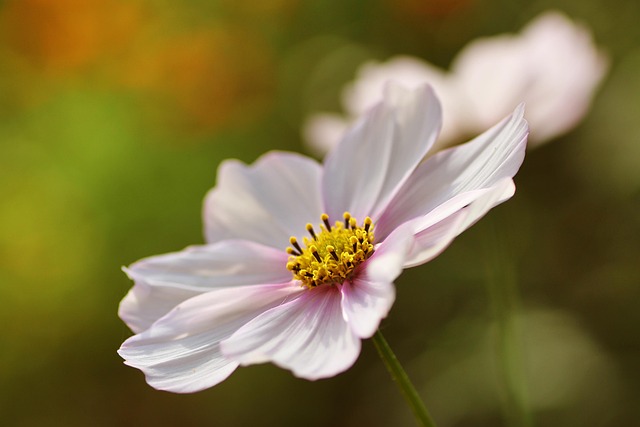In preparation for a thriving spring garden, assess winter damage, loosen soil, prune and shape plants, and implement targeted fertilization. Year-round maintenance includes regular inspections, pest control, and weed suppression through mulching techniques. Spring tasks focus on color planning, clearing debris, pruning perennials, fertilizing, and consistent watering. Summer tips emphasize deep watering less frequently, while fall cleanup involves removing spent plants and debris. Pruning, fertilizing according to season, and natural pest control methods are crucial, with winter protection including coverings and mulch for sensitive plants.
Refresh your outdoor space with our comprehensive guide to seasonal gardening. From preparing your garden for spring blooms to protecting plants during winter’s chill, this article covers all aspects of seasonal maintenance. Learn about planning and designing for each season, efficient watering techniques, fall cleanup strategies, and effective winter protection methods. Discover tips on soil preparation, plant selection, fertilizing schedules, and pest control tailored to each season, ensuring your garden thrives year-round.
- Spring Garden Preparation: Setting the Stage for Growth
- – Planning and designing for spring blooms
- – Soil preparation and amendment tips
- – Choosing appropriate spring-blooming plants
Spring Garden Preparation: Setting the Stage for Growth

As the cold winter fades and spring awakens, it’s time to prepare your garden for a vibrant season ahead. Spring garden preparation is crucial in setting the stage for healthy plant growth throughout the year. Start by assessing any damage from winter and removing dead plants or debris. Loosen compacted soil with a fork to encourage air circulation and water penetration, making it easier for new plants to thrive.
Next, focus on pruning seasonal plants, removing any diseased or damaged branches, and shaping them for optimal growth. This is also an excellent time to fertilize your garden beds according to the specific needs of your plants. Seasonal pest control measures should be implemented early, as many pests are most active in spring. Regularly inspect your plants for signs of infestation and treat accordingly. Finally, apply a layer of mulch to insulate the soil, retain moisture, and suppress weeds—a valuable practice for all four seasons, but particularly important during the hot summer months and cold winter.
– Planning and designing for spring blooms

Spring is a time for renewal and vibrant displays in your garden, making it the perfect season to start planning and designing your floral masterpiece. To ensure a stunning spring garden, begin by assessing your current layout and considering which areas need a refresh. One effective strategy is to focus on creating a continuous flow of color from early blooming perennials to late-season shrubs. This can be achieved through careful selection of plants that thrive in your climate and are well-suited to the sun exposure in each section of your yard.
Early spring preparation includes clearing away any winter debris, pruning dead wood, and dividing perennials as needed. Fertilizing schedules should start in early spring to encourage healthy growth, followed by consistent watering once the weather warms up. As the season progresses, keep an eye out for pests and diseases that may affect your plants, employing seasonal pest control methods accordingly. Remember, proper mulching is crucial for maintaining moisture and suppressing weeds, which is especially important during warmer months when summer watering tips can help ensure your garden stays healthy and vibrant.
– Soil preparation and amendment tips

Preparing your garden soil is a vital step in ensuring your plants thrive throughout the seasons. In spring, before planting, incorporate organic matter such as compost or well-rotted manure to improve soil structure and fertility. This enhances drainage, aeration, and nutrient availability for your plants’ optimal growth. Test your soil pH level and make adjustments if necessary; many plants prefer slightly acidic to neutral soil.
For seasonal garden maintenance, adapt your practices accordingly. In summer, efficient watering is key; focus on deep watering less frequently to encourage deep root growth. Adding a layer of organic mulch can help retain moisture, regulate soil temperature, and suppress weeds. Fall cleanup strategies involve removing spent plants and debris to prevent pest and disease issues. Prune seasonal plants as needed, trimming back perennials and cutting down dead wood. Fertilizing schedules vary by season; apply a balanced fertilizer in spring for overall plant health, and consider targeted fertilizers later in the year for specific plants’ needs. To combat pests naturally, introduce beneficial insects like ladybugs or lacewings during the warmer months. In winter, protect your garden from harsh weather with appropriate coverings and consider using mulch to insulate sensitive plants.
– Choosing appropriate spring-blooming plants

When planning your seasonal garden maintenance, spring is a perfect time to introduce vibrant and fragrant blooms that will transform your outdoor space into a bustling oasis. Choose plants suited for spring blooming, such as daffodils, tulips, and crocus, which not only add color but also signal the beginning of warmer days ahead. These early-flowering varieties are well-suited for areas that receive ample sunlight, ensuring they get the energy needed to thrive.
As you prepare your garden for spring, remember that proper pruning, fertilizing, and mulching are essential components of seasonal plant care. Regular watering during dry spells will help nurture newly planted bulbs and perennials, while applying a layer of organic mulch can conserve moisture, regulate soil temperature, and prevent weeds from taking over. In the following months, adjust your garden maintenance routine to include summer watering tips, fall cleanup strategies, and winter protection measures to ensure your plants flourish year-round.
By implementing these strategic planting plans and seasonal maintenance practices, such as appropriate pruning, fertilizing, and mulching, you can ensure your garden thrives throughout the year. Remember to adapt your watering, cleanup, and protection strategies according to the changing seasons, ensuring optimal conditions for each stage of growth. With a bit of planning and care, your garden will provide beauty and enjoyment for all to appreciate, regardless of the time of year.
